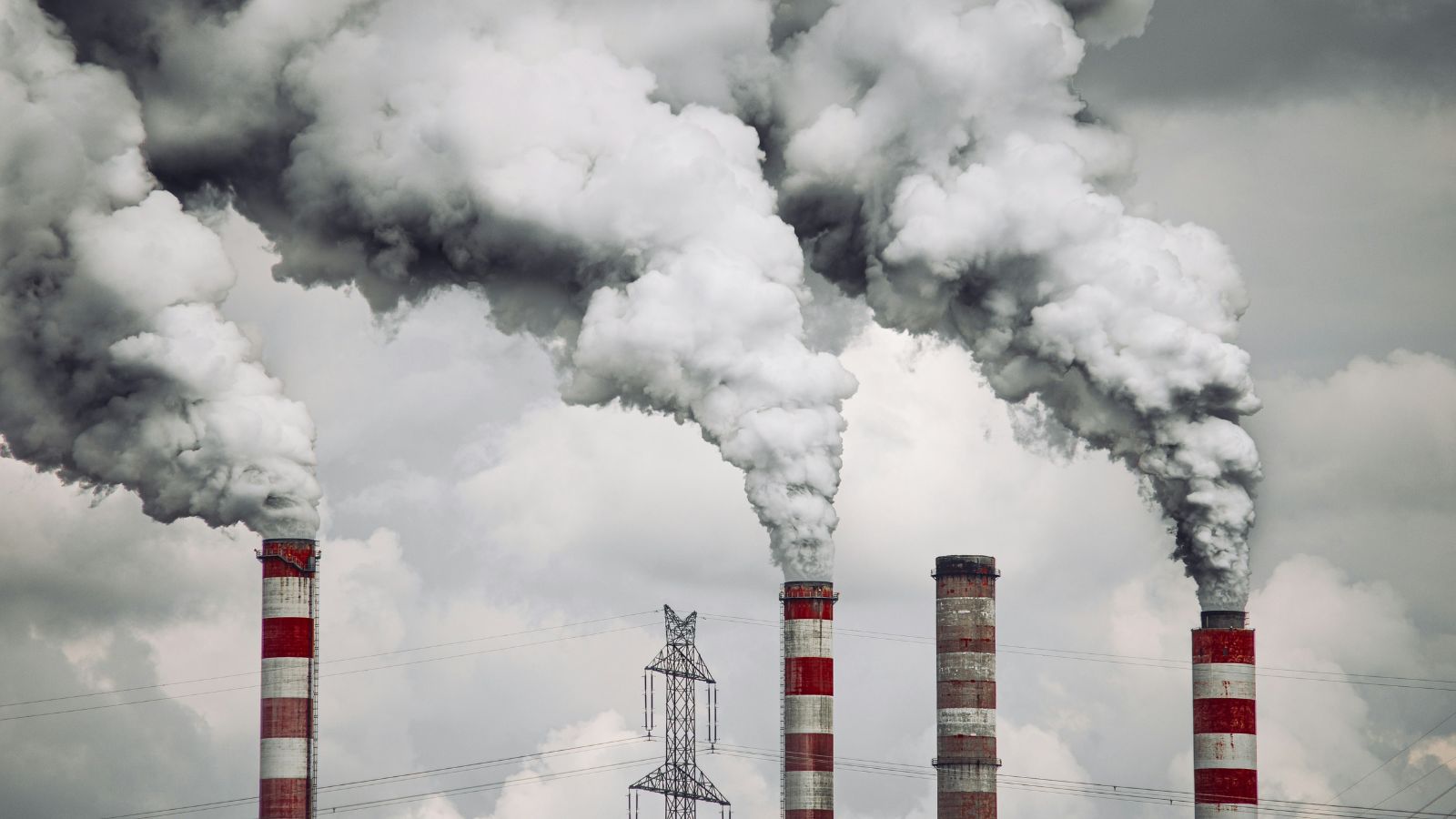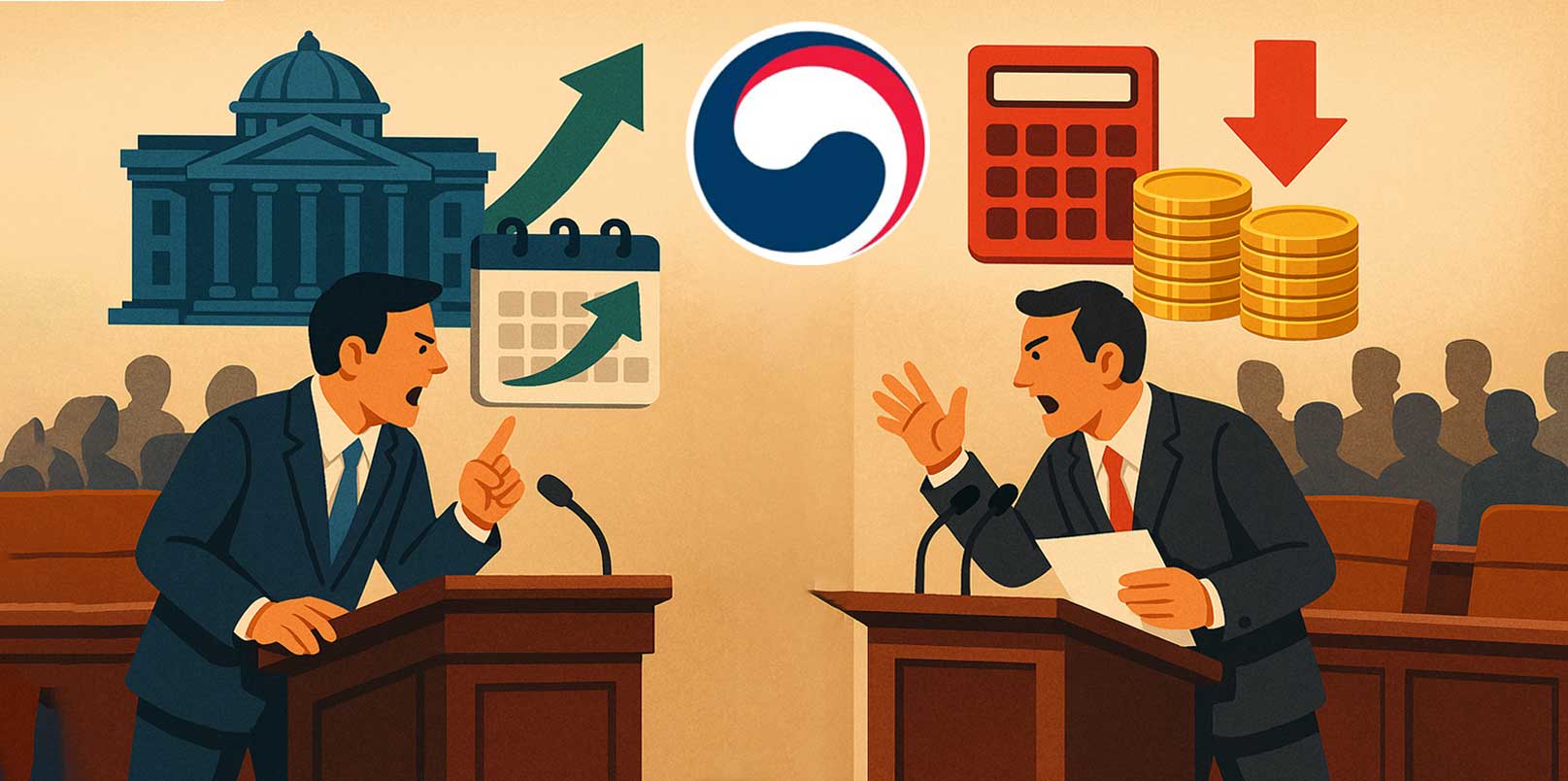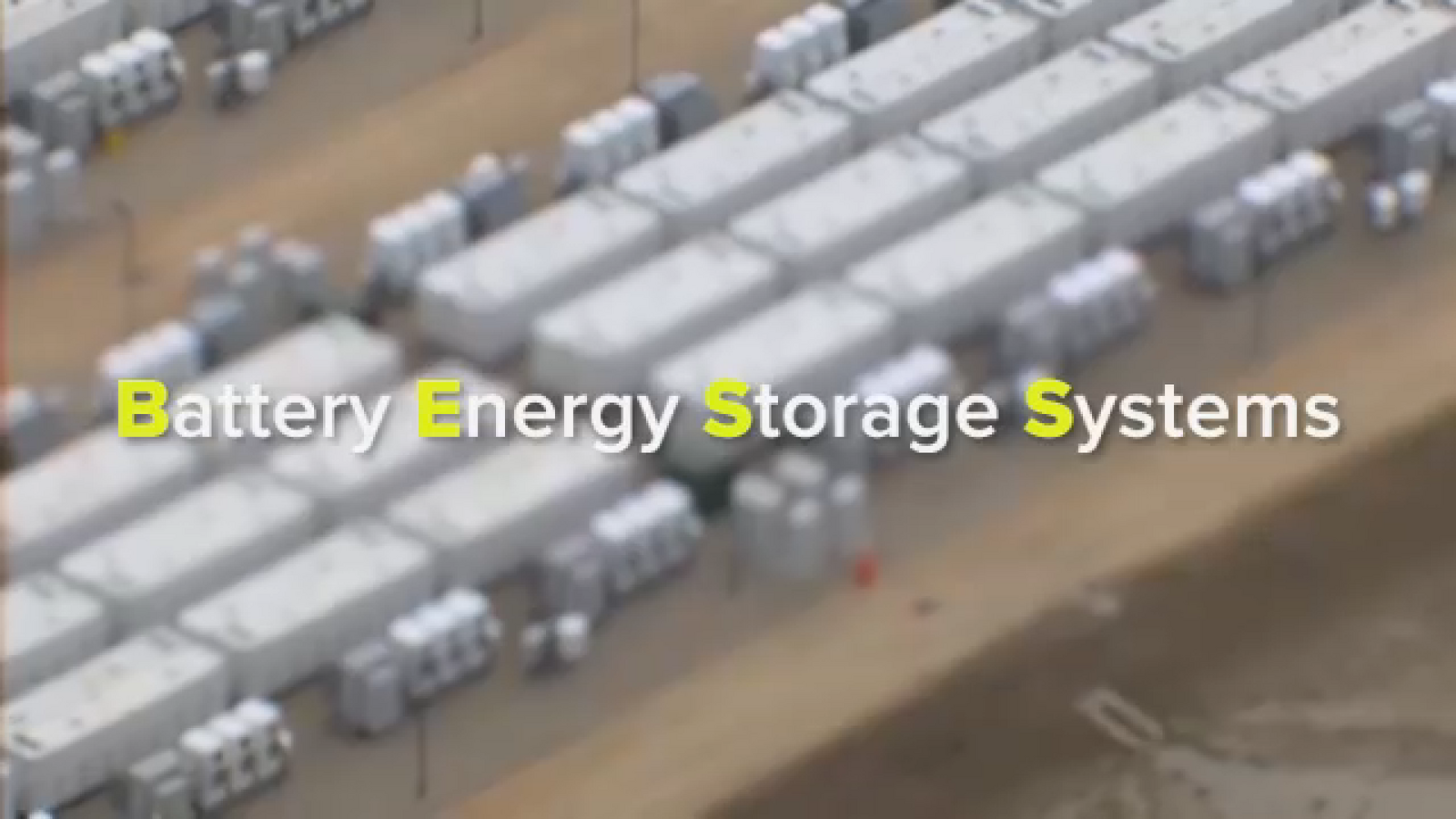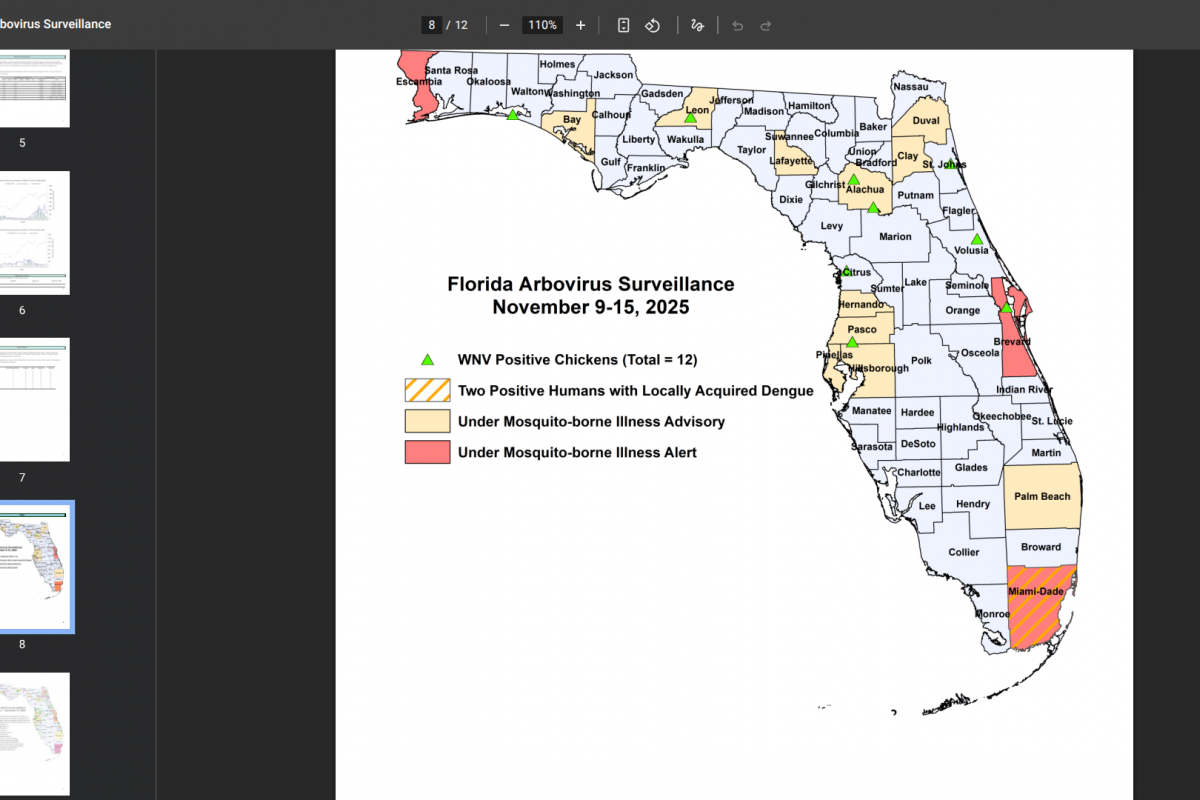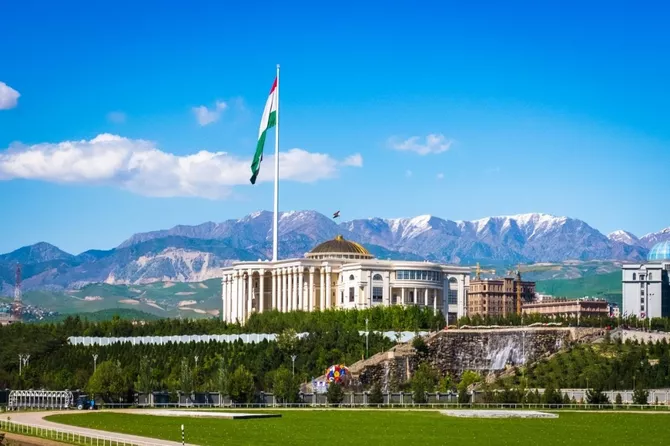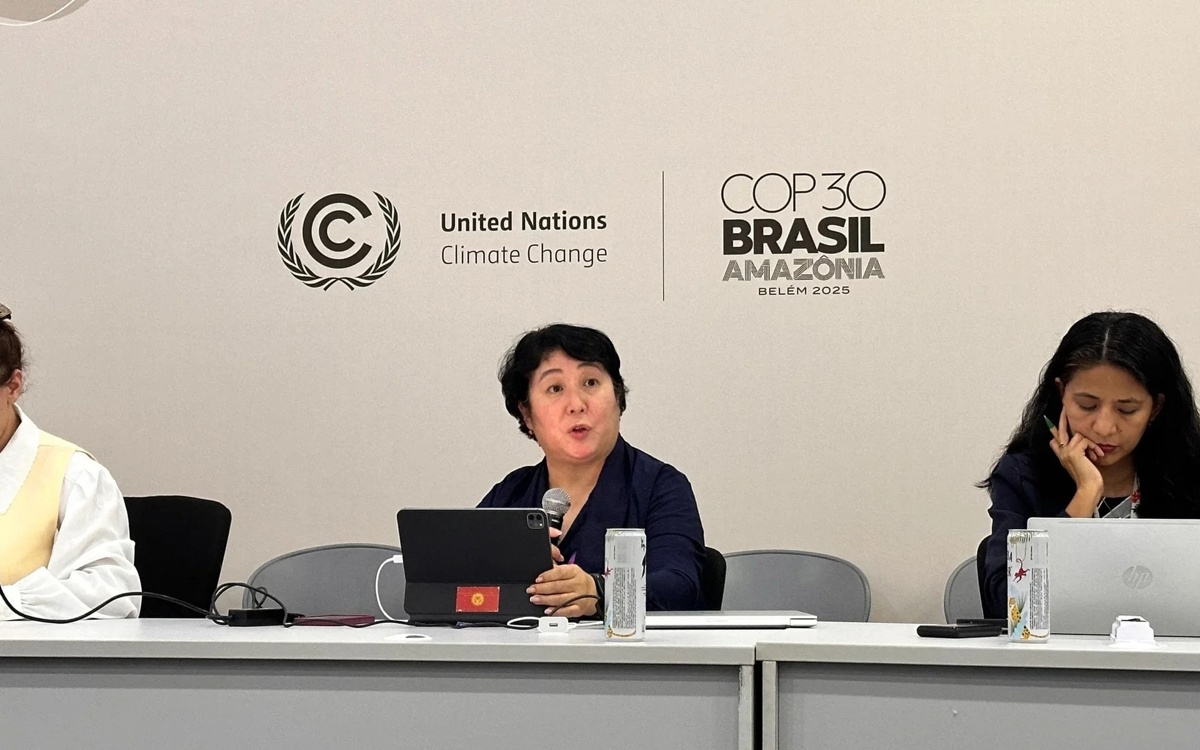Environmental Justice Trackers Help Local Governments Follow Federal Policy Changes – Maryland Association of Counties

Report on Environmental Justice Initiatives and Alignment with Sustainable Development Goals
Navigating Federal Policy to Advance Local Sustainability
In a complex regulatory environment marked by federal policy rollbacks and judicial challenges, local governments and communities face significant obstacles in implementing equitable environmental strategies. These challenges directly impact the achievement of several Sustainable Development Goals (SDGs). Research and policy institutions are providing critical support to track federal actions and empower local efforts toward sustainability.
- SDG 10 (Reduced Inequalities): Federal actions that weaken environmental protections disproportionately affect vulnerable communities, undermining efforts to ensure environmental justice.
- SDG 11 (Sustainable Cities and Communities): The narrowing scope of environmental reviews and elimination of protection grants hinder the ability of local governments to protect residents from adverse environmental effects.
- SDG 16 (Peace, Justice and Strong Institutions): A lack of stable, protective federal regulations creates an unpredictable landscape for state and local institutions striving to enforce environmental laws and ensure public participation in decision-making.
Data-Driven Tools for Equitable Environmental Governance
To counteract these challenges, organizations including the Brookings Institution and Harvard’s Environmental & Energy Law Program have developed tracking tools. These resources provide policymakers and residents with vital information on regulatory changes, enabling data-driven strategies that align with the 2030 Agenda for Sustainable Development.
- The Brookings Regulation and Markets Regulatory Tracker: This tool allows users to monitor regulatory changes, revocations, and court cases. It helps stakeholders assess potential environmental burdens, thereby supporting the protection of public health as outlined in SDG 3 (Good Health and Well-being) and the safeguarding of water resources under SDG 6 (Clean Water and Sanitation).
- Environmental Justice Trackers: Other resources specifically monitor actions affecting community participation in environmental decisions. This directly supports SDG 16 (Peace, Justice and Strong Institutions) by promoting transparent and inclusive governance and empowering communities to advocate for their right to a clean and healthy environment.
Case Study: Maryland’s Commitment to Environmental Equity
Despite federal pressures, the state of Maryland demonstrates a strong commitment to advancing environmental justice, showcasing a model for sub-national implementation of the SDGs. A recent executive order signed by Governor Moore establishes a unified state approach to this issue.
- MDEnviroScreen Tool: The executive order mandates the use of the MDEnviroScreen mapping tool, a critical resource for identifying communities disproportionately impacted by pollution. This data-centric approach enables the development of tailored solutions, directly contributing to SDG 10 (Reduced Inequalities) and SDG 11 (Sustainable Cities and Communities).
- Strengthening Institutions: By requiring state agencies to use this tool and engage with impacted communities, Maryland is reinforcing its institutional capacity to deliver equitable outcomes, a core principle of SDG 16.
Fostering Partnerships for the Goals
The upcoming 2025 MACo Winter Conference session, “Environmental Justice Screening – Building Equity Into Communities,” exemplifies a commitment to SDG 17 (Partnerships for the Goals). The event will convene state and local experts to share strategies and discuss the deployment of resources that promote fair and just environmental practices. This collaborative platform is essential for building local leadership and creating a lasting impact on community well-being and sustainability.
Analysis of Sustainable Development Goals (SDGs) in the Article
1. Which SDGs are addressed or connected to the issues highlighted in the article?
-
SDG 3: Good Health and Well-being
The article discusses “public health protections for workers” and communities’ “exposure to environmental pollution,” which directly impacts the health and well-being of residents. The focus on environmental justice implies a concern for health disparities caused by environmental factors.
-
SDG 6: Clean Water and Sanitation
The text explicitly mentions tracking “pollution standards for… water.” This connects to the goal of ensuring the availability and sustainable management of water and sanitation, particularly concerning water quality and pollution reduction.
-
SDG 10: Reduced Inequalities
The core theme of the article is “environmental justice,” which is about addressing the disproportionate environmental burdens faced by marginalized or vulnerable communities. It discusses implementing “equitable strategies” and using tools to identify and “engage impacted communities,” directly aligning with the goal of reducing inequality within and among countries.
-
SDG 11: Sustainable Cities and Communities
The article focuses on the efforts of “local governments” to “protect land and communities from adverse environmental effects.” It mentions tracking “pollution standards for air” and using tools to “microtarget areas to focus resources,” which are key components of making cities and human settlements inclusive, safe, resilient, and sustainable.
-
SDG 16: Peace, Justice and Strong Institutions
The article highlights the importance of institutional actions, from federal “roll backs and court cases” to a state-level “executive order.” It emphasizes tracking “actions that affect the ability of impacted communities to participate in decisions that affect them” and providing “opportunities for public comment,” which relates to building effective, accountable, and inclusive institutions at all levels.
2. What specific targets under those SDGs can be identified based on the article’s content?
-
SDG 3: Good Health and Well-being
- Target 3.9: By 2030, substantially reduce the number of deaths and illnesses from hazardous chemicals and air, water and soil pollution and contamination. The article’s focus on tracking “environmental pollution,” “pollution standards for air and water,” and protecting communities from “adverse environmental effects” directly supports this target.
-
SDG 6: Clean Water and Sanitation
- Target 6.3: By 2030, improve water quality by reducing pollution, eliminating dumping and minimizing release of hazardous chemicals and materials. The mention of tracking “pollution standards for… water” is a direct link to this target.
-
SDG 10: Reduced Inequalities
- Target 10.3: Ensure equal opportunity and reduce inequalities of outcome, including by eliminating discriminatory laws, policies and practices and promoting appropriate legislation, policies and action in this regard. The article discusses the conflict between federal “roll backs” of environmental protections and local efforts to implement “equitable strategies” and “promote fair and just practices,” which aligns with this target.
-
SDG 11: Sustainable Cities and Communities
- Target 11.6: By 2030, reduce the adverse per capita environmental impact of cities, including by paying special attention to air quality. The article’s concern with “pollution standards for air” and helping local governments “protect land and communities from adverse environmental effects” is directly relevant to this target.
-
SDG 16: Peace, Justice and Strong Institutions
- Target 16.6: Develop effective, accountable and transparent institutions at all levels. The article describes tools like the “Regulation and Markets Regulatory Tracker” which tracks “delayed, and repealed rules, notable guidance and policy revocations, executive actions, and important court battles,” assessing the accountability and transparency of federal institutions.
- Target 16.7: Ensure responsive, inclusive, participatory and representative decision-making at all levels. The article mentions resources that track “actions that affect the ability of impacted communities to participate in decisions that affect them” and monitor “current opportunities for public comment,” which is central to this target.
3. Are there any indicators mentioned or implied in the article that can be used to measure progress towards the identified targets?
-
MDEnviroScreen Mapping Tool: This is an explicit tool mentioned in the article that serves as a basis for several indicators. It is used to “assess potential environmental burdens” and “engage impacted communities.” Data from this tool on pollution levels, demographic vulnerabilities, and health outcomes in specific geographic areas can be used to measure progress towards reducing pollution (Target 3.9, 6.3, 11.6) and addressing inequalities (Target 10.3).
-
Tracking of Regulatory Changes: The article describes the “Regulation and Markets Regulatory Tracker” which monitors “new, delayed, and repealed rules, notable guidance and policy revocations, executive actions, and important court battles.” The number and nature of these regulatory actions (e.g., number of environmental protections rolled back vs. enacted) serve as a direct indicator for measuring institutional accountability and policy direction (Target 16.6).
-
Opportunities for Public Participation: The article mentions tracking “opportunities for public comment” and the “ability of impacted communities to participate in decisions.” The number, accessibility, and outcomes of these public comment periods and participatory processes can be used as an indicator to measure progress towards inclusive and participatory decision-making (Target 16.7).
4. Table of SDGs, Targets, and Indicators
| SDGs | Targets | Indicators |
|---|---|---|
| SDG 3: Good Health and Well-being | 3.9: Substantially reduce deaths and illnesses from pollution and contamination. | Data from the MDEnviroScreen mapping tool assessing environmental burdens and community exposure to pollution. |
| SDG 6: Clean Water and Sanitation | 6.3: Improve water quality by reducing pollution. | Tracking of federal and state “pollution standards for… water.” |
| SDG 10: Reduced Inequalities | 10.3: Ensure equal opportunity and reduce inequalities of outcome. | Use of the MDEnviroScreen tool to identify and develop tailored solutions for “impacted communities” to address environmental injustice. |
| SDG 11: Sustainable Cities and Communities | 11.6: Reduce the adverse per capita environmental impact of cities, paying special attention to air quality. | Tracking of “pollution standards for air” and local government use of tools to “microtarget areas to focus resources” on environmental protection. |
| SDG 16: Peace, Justice and Strong Institutions | 16.6: Develop effective, accountable and transparent institutions. | Number and nature of “new, delayed, and repealed rules, notable guidance and policy revocations, executive actions, and important court battles” tracked by tools like the Brookings tracker. |
| 16.7: Ensure responsive, inclusive, participatory and representative decision-making. | Number and accessibility of “opportunities for public comment” and other mechanisms for community participation in decision-making. |
Source: conduitstreet.mdcounties.org
What is Your Reaction?
 Like
0
Like
0
 Dislike
0
Dislike
0
 Love
0
Love
0
 Funny
0
Funny
0
 Angry
0
Angry
0
 Sad
0
Sad
0
 Wow
0
Wow
0



